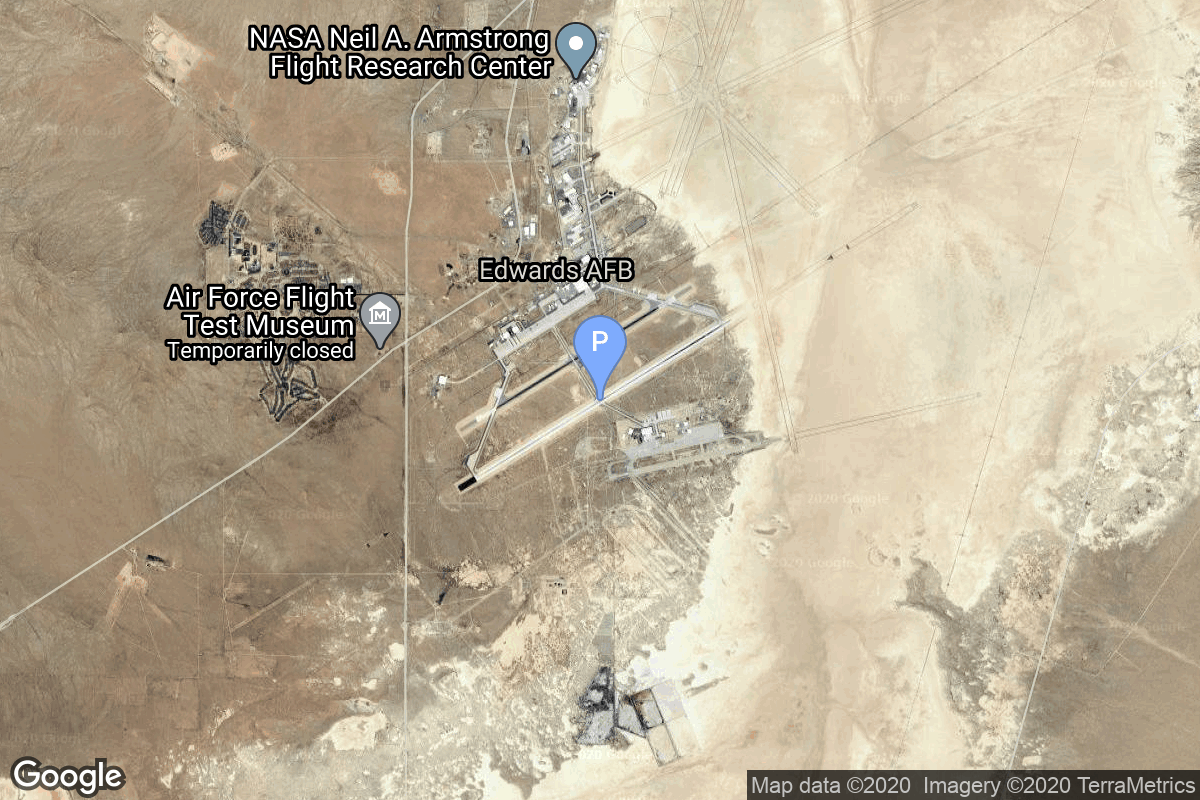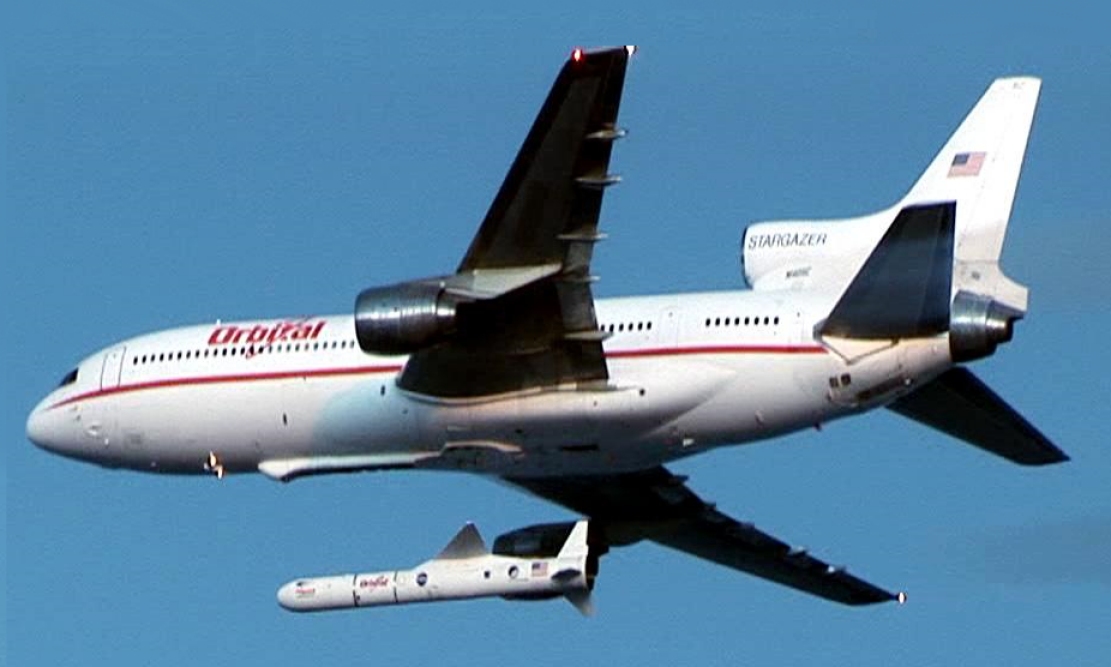APEX
Pegasus
Orbital Sciences Corporation
Mission
APEX
- Type: Planetary Science
- Orbit: Elliptical Orbit
- Launch Cost: $40,000,000
APEX (Advanced Photovoltaic & Electronic Experiment) successfully tested a wide array of advanced photovoltaic and electronic components in a harsh radiation environment, provided significant data to support improved designs for future space systems. During operation, APEX’s highly elliptical orbit allowed the investigation of space plasma effects on high-voltage operation (current leakage at positive voltages and arcing at negative voltages) in the perigee region, plus the investigation of space radiation effects (decreased array power output from passage through the inner radiation belt) in the apogee region.
Location
Edwards Air Force Base
Air launch to orbit
Edwards Air Force Base has witnessed the launch of 5 rockets, including 5 orbital launch attempts, while Air launch to orbit, has been the site for 51 rocket launches.
Rocket
Orbital Sciences Corporation Pegasus
The Pegasus is an air-launched rocket developed by Orbital Sciences Corporation (now part of Northrop Grumman Innovation Systems). Capable of carrying small payloads of up to 443 kilograms (977 lb) into low Earth orbit, the vehicle consists of three solid propellant stages and an optional monopropellant fourth stage. Pegasus is released from its carrier aircraft at approximately 40,000 ft (12,000 m), and its first stage has a wing and a tail to provide lift and attitude control while in the atmosphere.

